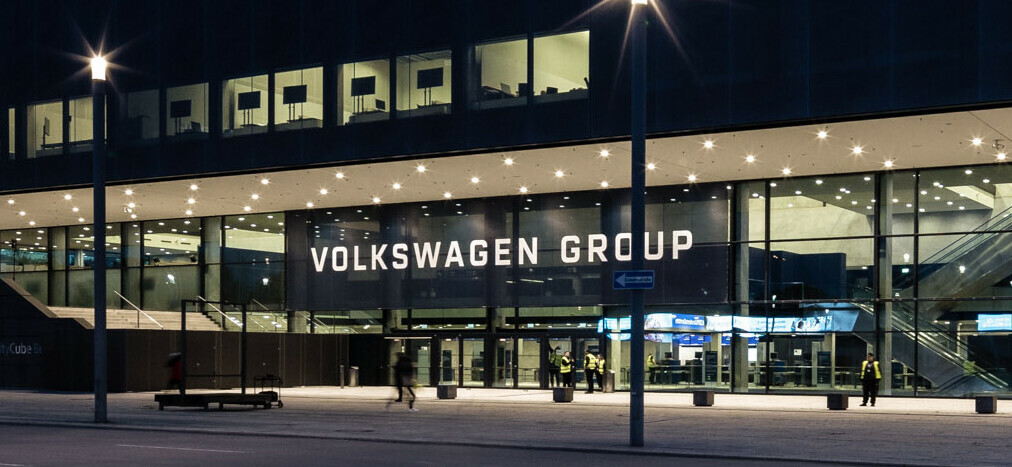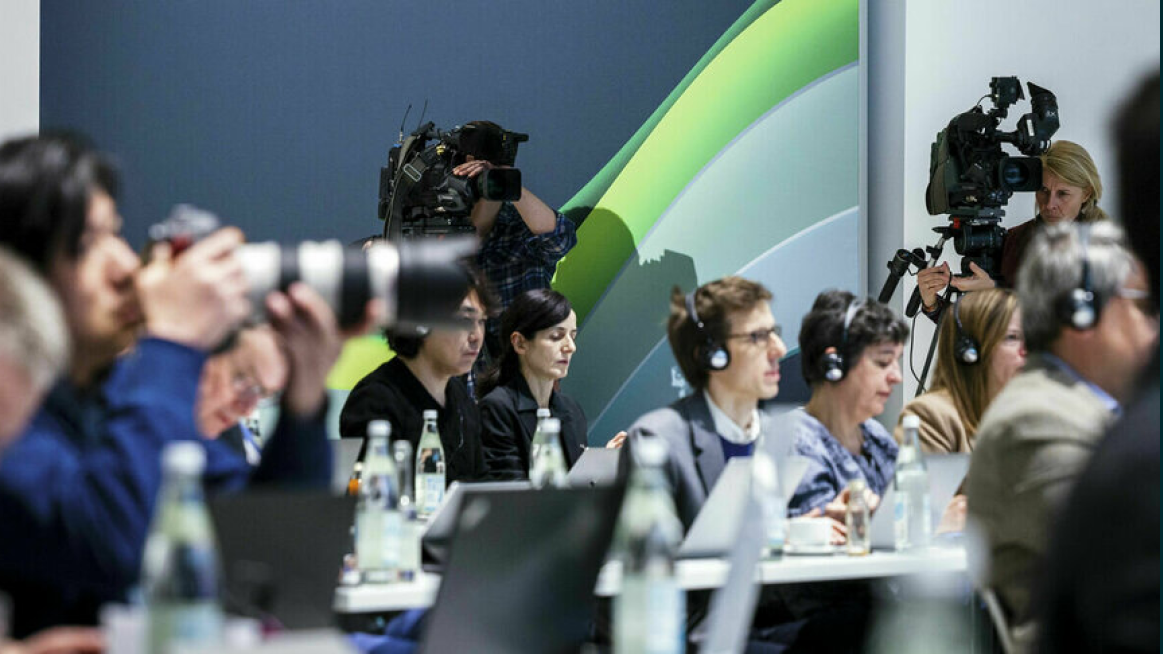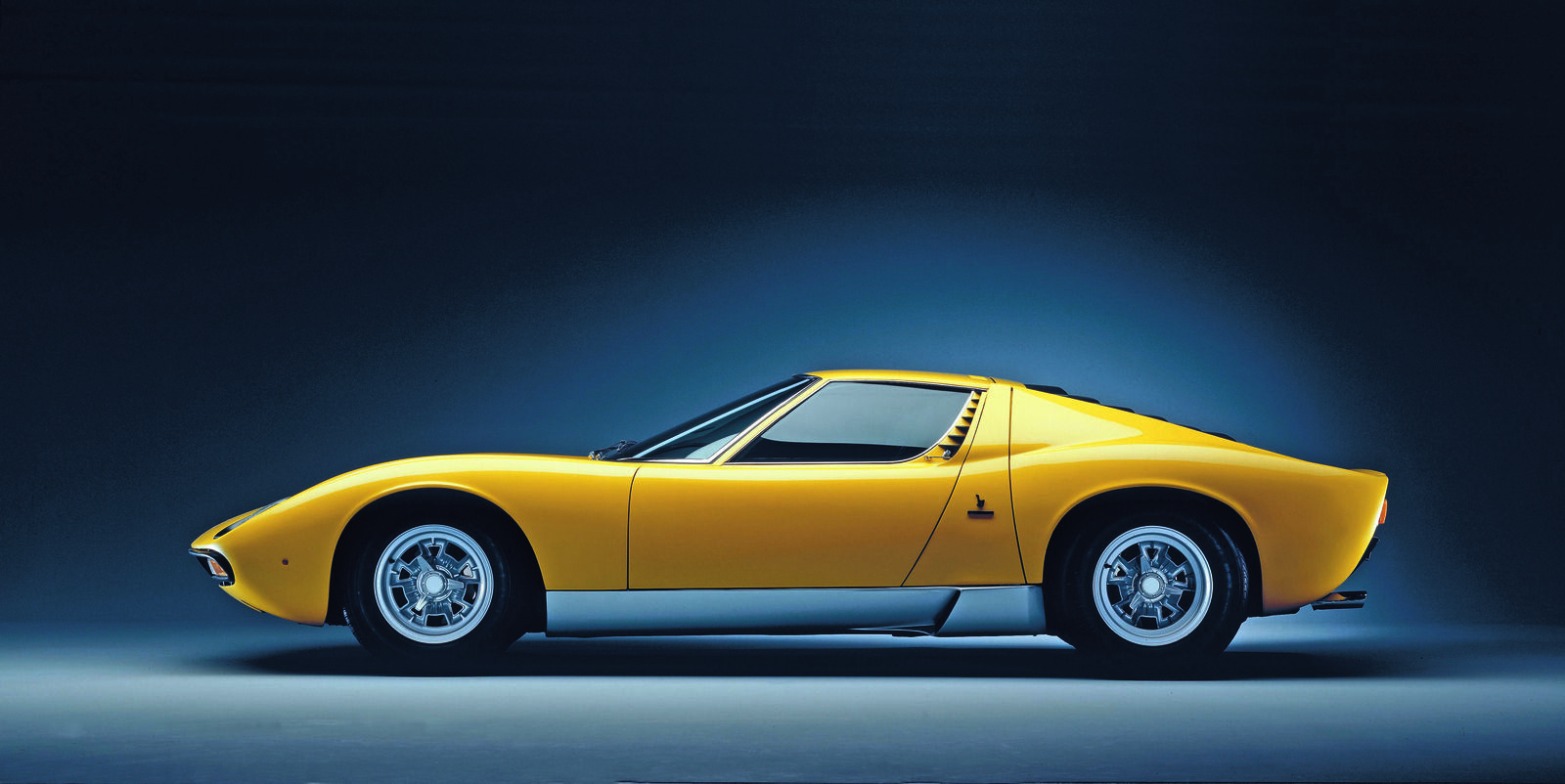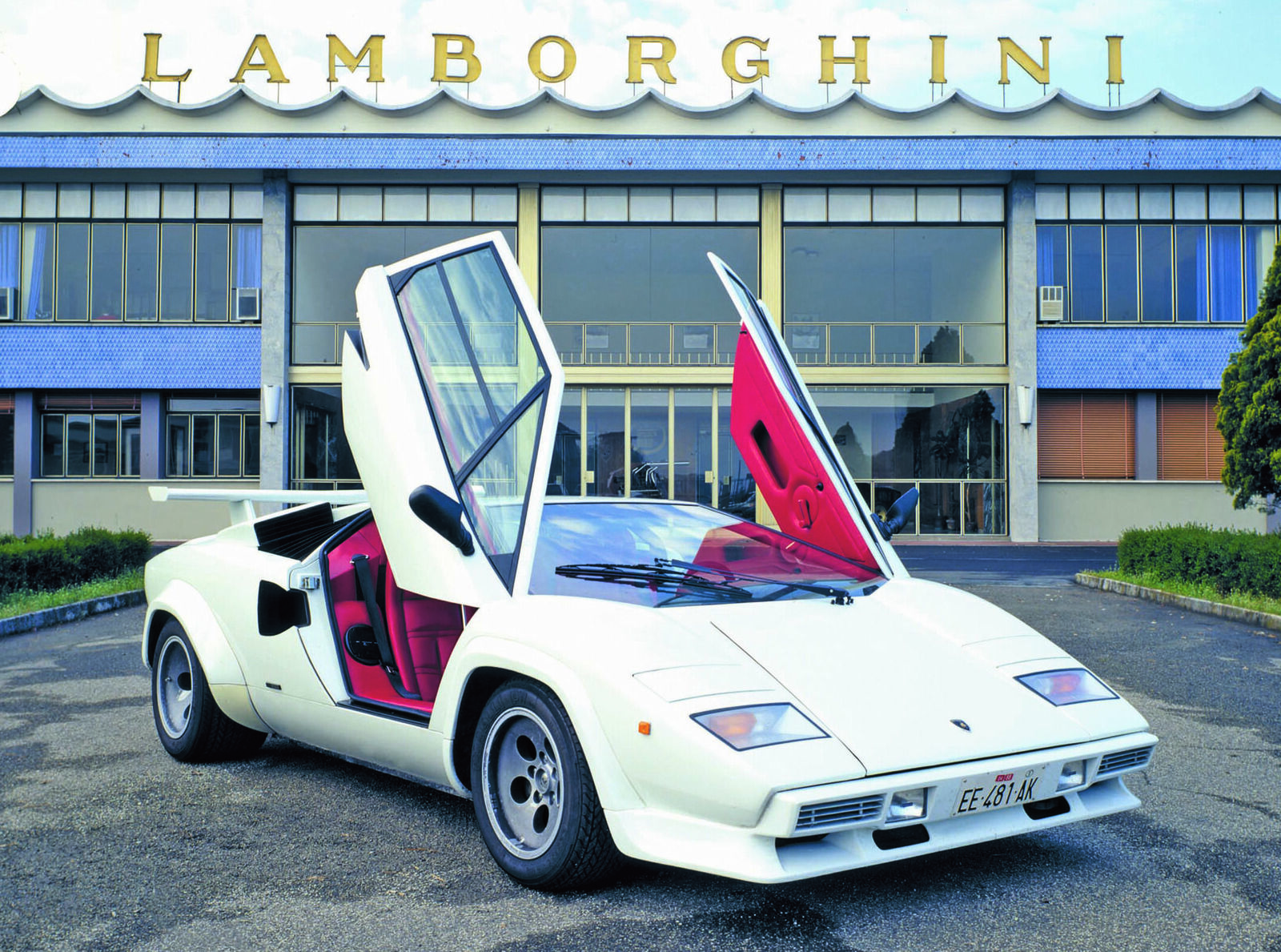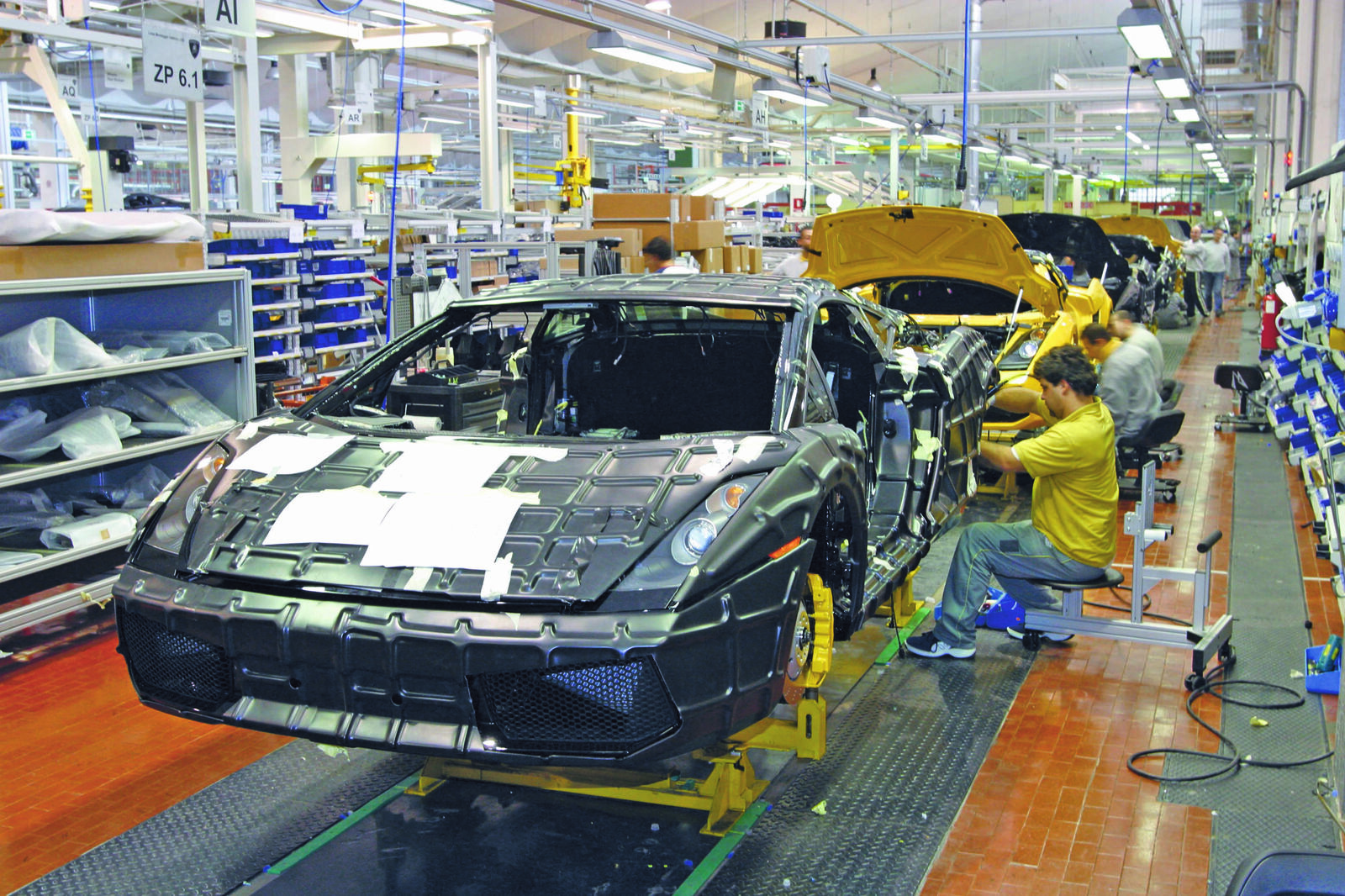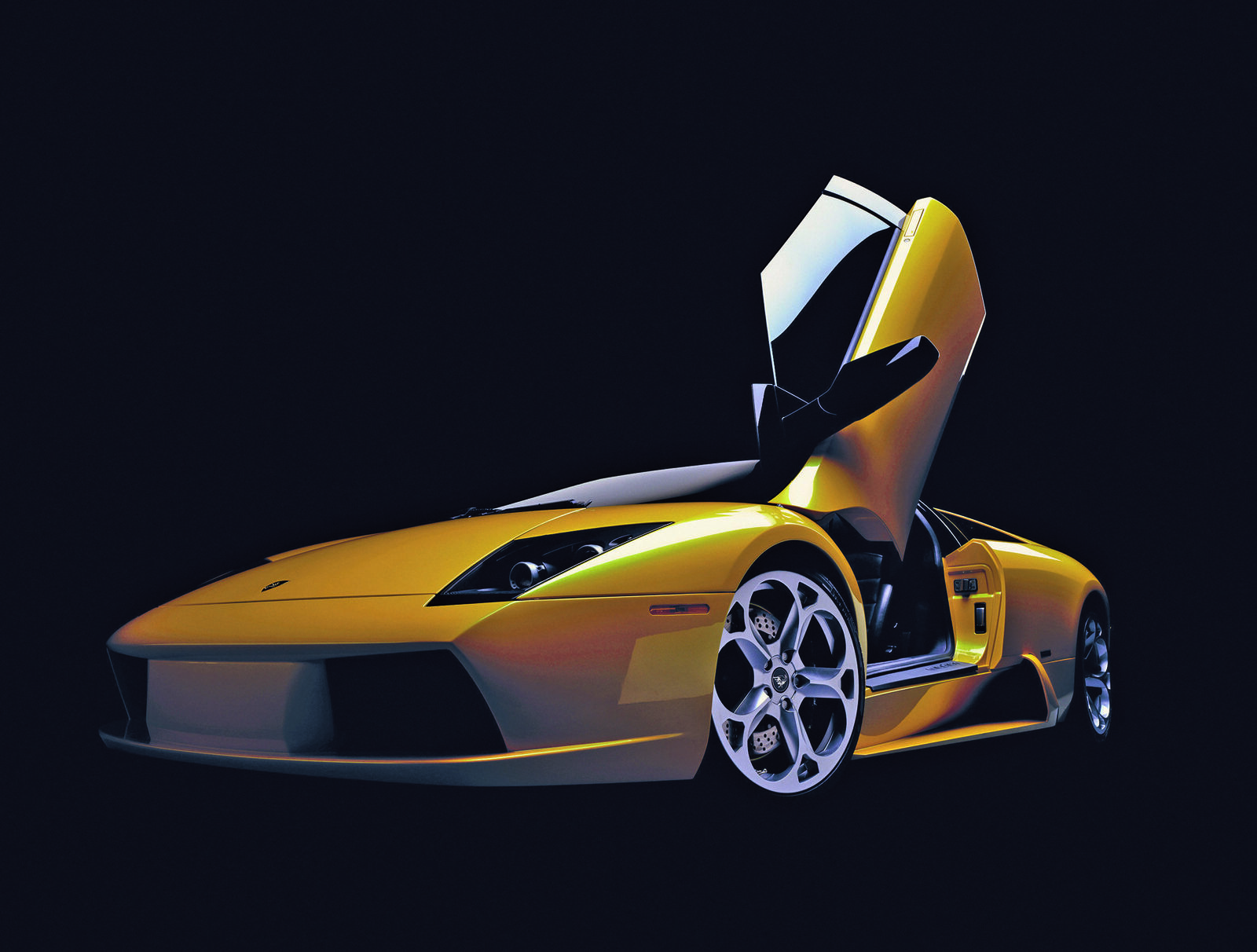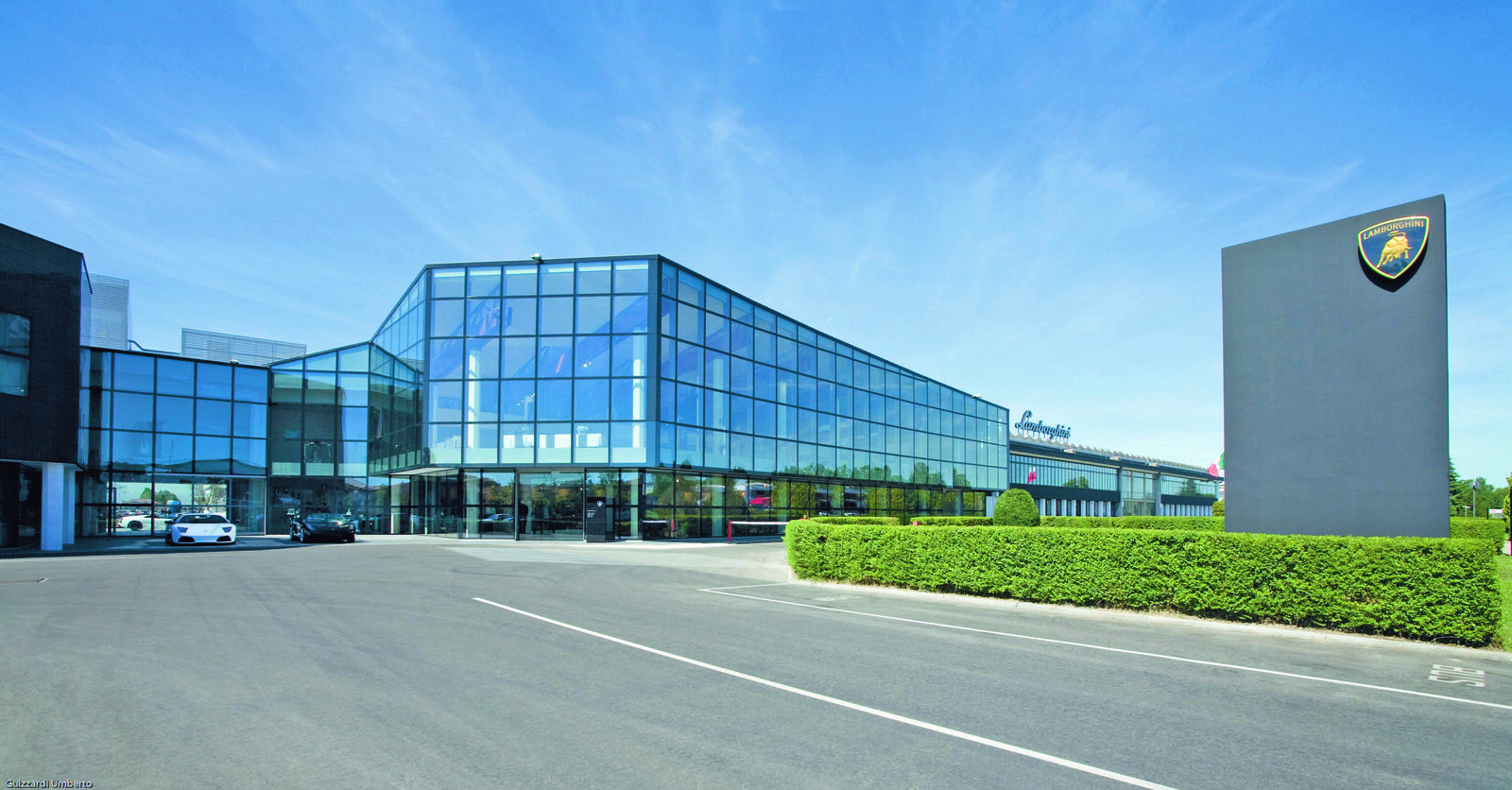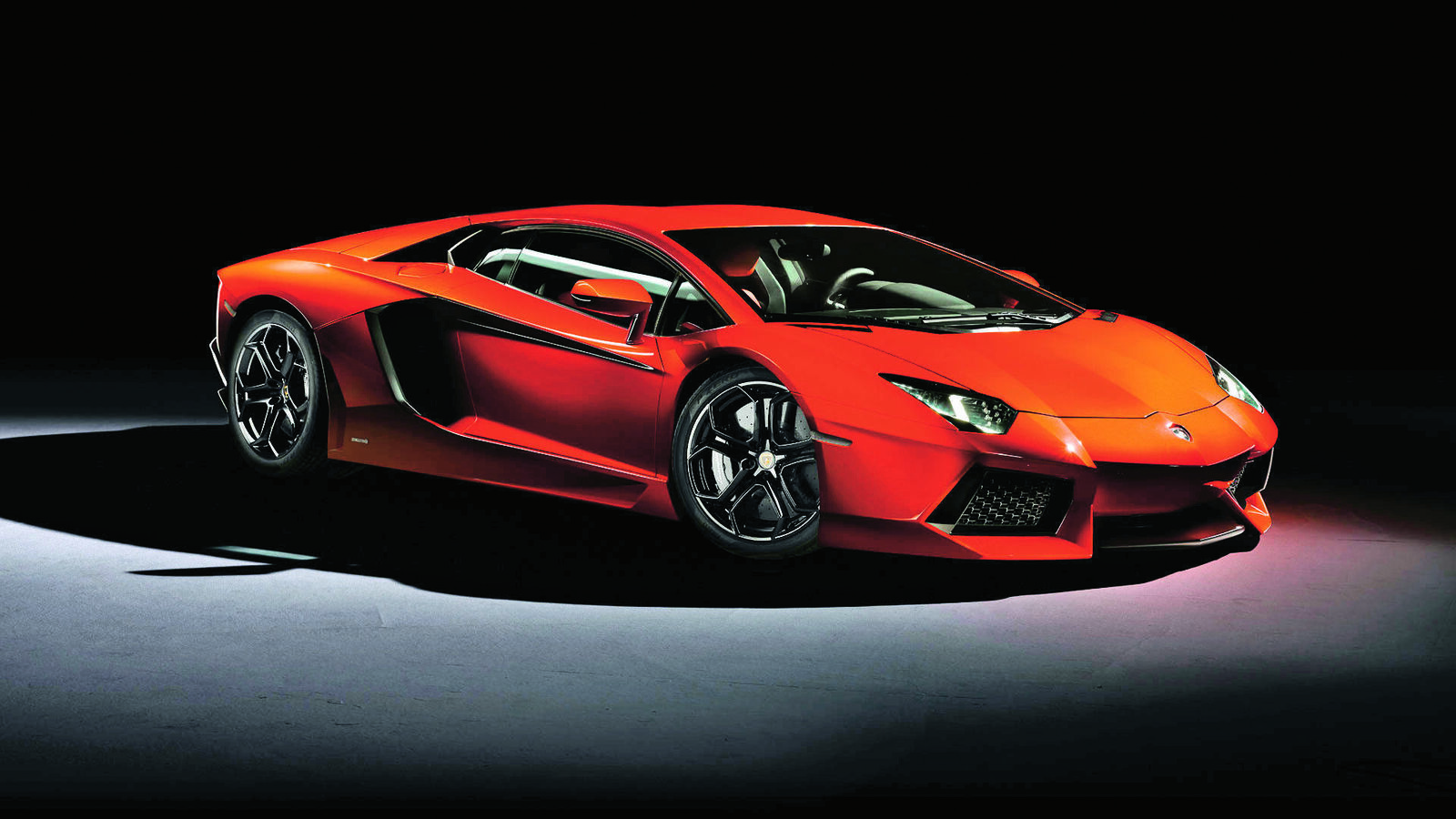Lamborghini became the Volkswagen Group’s third luxury brand alongside Bentley and Bugatti in 1998. The main reasons for the marriage between Audi and Lamborghini were the similarity of brand profiles and product technology as well as the resulting synergy effects. While the brand from Ingolstadt was able to underscore its positioning in the premium segment, Lamborghini could call upon the resources of a leading technology company and its sales expertise. In November 1998, the new Audi subsidiary was converted into a holding company with three operating companies: Automobili Lamborghini S.p.A.; Matri Marini Lamborghini, producing speedboat engines; and Lamborghini ArtiMarca S.p.A., a company marketing exclusive accessories. With the support of Audi, Lamborghini embarked on the most successful chapter in its 45-year history.
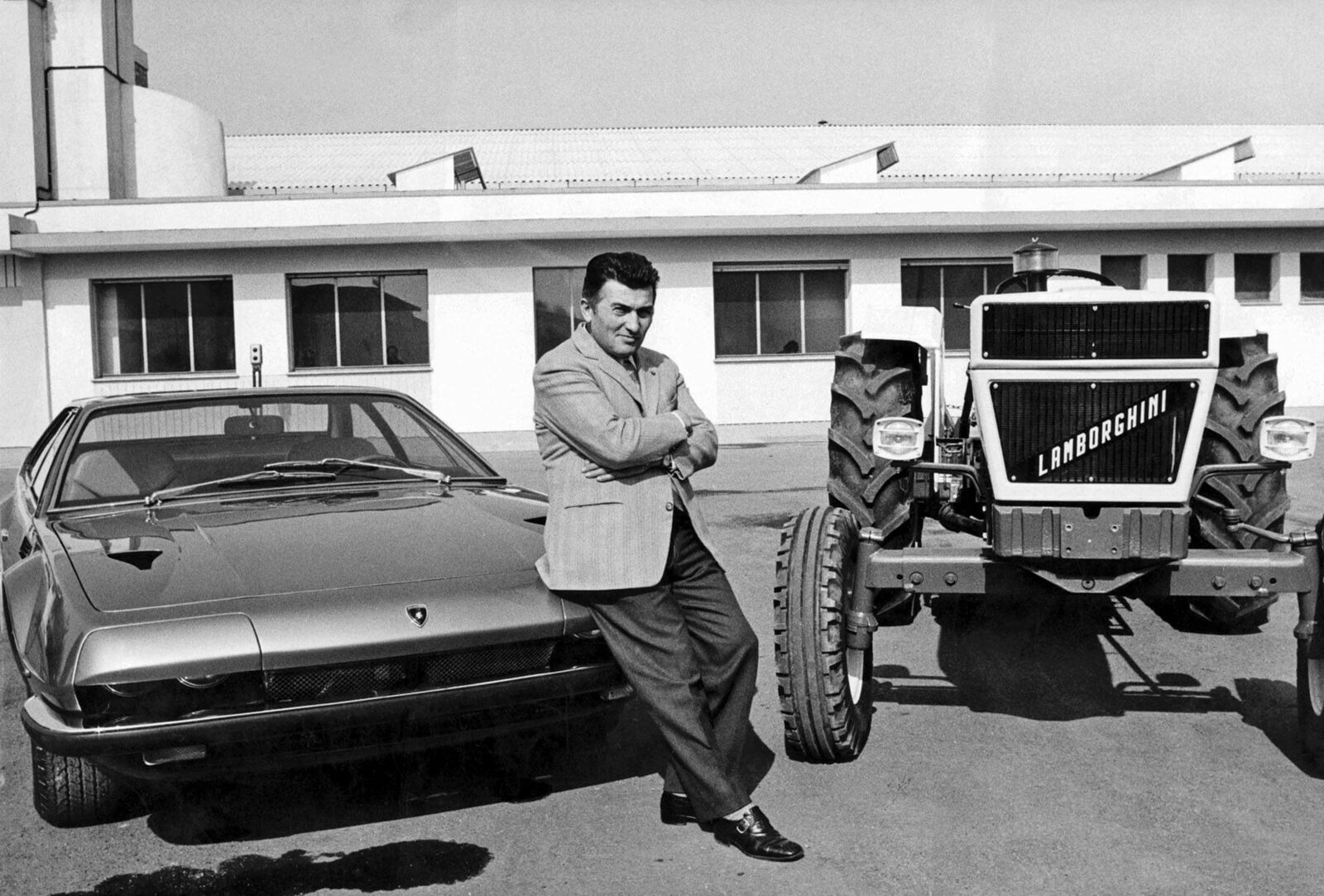
Ferruccio Lamborghini had become rich as one of Italy’s major tractor manufacturers before establishing Automobili Ferruccio Lamborghini S.p.A. in Sant’Agata Bolognese in 1963. He wanted to build a normal Gran Turismo, albeit a perfect one. While the factory was still being built on a green-field site, the first prototype took shape at his tractor plant. The founder entered the world of sports car legends in 1963, when the 350 GT, an extravagant lightweight coupe, made its debut at the Turin Motor Show. Its f lat bonnet concealed a light-alloy V12 engine developing 360 horsepower. In modified form the same engine, designed for Lamborghini by former Ferrari engineer Giotto Bizzarrini, still powers the Murciélago today. This high-performance power plant was well-matched with the charging bull which already decorated Lamborghini tractors and now became the trademark of a new class of super sports cars. Production of the legendary Miura started at the end of 1966. At a height of only 106 centimetres, the Miura was as low and aerodynamic as a racing car. Its transverse mid-engine configuration was also unique outside of motorsport, and its top speed of 278 kilometres per hour simply breathtaking. Demand for the new car was beyond everyone’s expectations, and Lamborghini sold 150 Miuras between 1966 and 1969. The factory was expanded, and the workforce grew.

